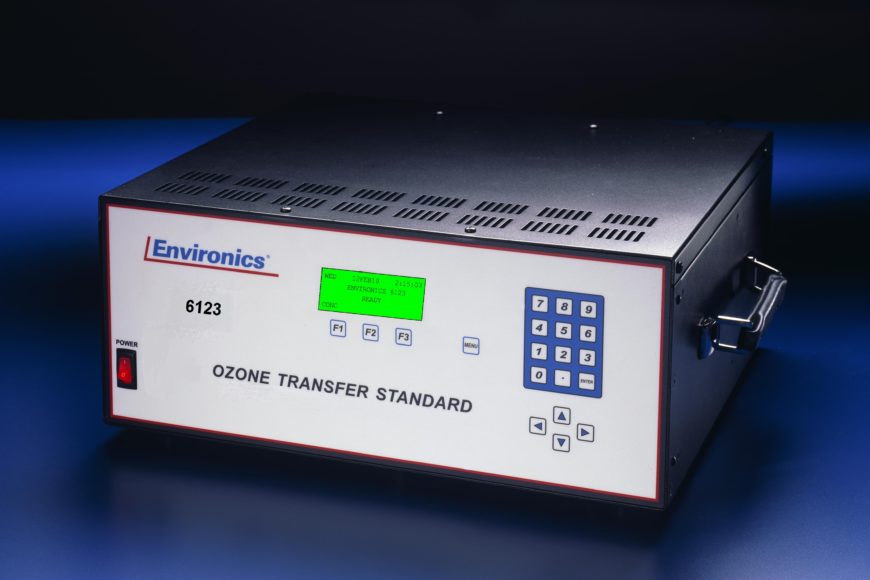
Gases can be particularly challenging to measure in comparison to liquids and solids. For many applications that involve gas mixtures, the relative concentration of the different gaseous species is the important value as this is related to the number of molecules of a given gaseous species.
As the volume and pressure of a gas is temperature dependent, volumetric measurements to calculate gas amounts are often undesirable as fluctuations in the environmental conditions will lead to inaccuracies in the measurement. For high precision applications, such as the creation of gaseous calibration standards, a precision thermal mass controller is the preferred way of measuring gas concentrations.
What is a precision thermal mass controller?
A precision thermal mass controller can be used to work out the amount of gas through the heat exchange between the flowing gas and a heat source. In a precision thermal mass controller, there is normally a temperature sensor and a reference sensor. Both of the sensors in the precision thermal mass controller are a type of resistance temperature detector that can measure the temperature.
By measuring the relative temperature of the reference and flow sensor in the precision thermal mass controller and working out the amount of heat dissipated by the flowing gas, it is possible to work out the mass flow of the gaseous species. Most types of precision thermal mass controller rely on the difference in power draw on the flow sensor to maintain a given temperature as a way of calculating the heat dissipation.
Key Attributes
The key attributes of a precision thermal mass controller come mostly from the quality and calibration standards of the mass flow controller. For high precision and accuracy measurements, a precision thermal mass controller that has been calibrated against certified reference standards is important.
It is also crucial for a precision thermal mass controller to have sufficient calibration testing across the full operational range. It may be necessary to have a calibration to adjust the flow readings to ensure linearity across the full range of the measurements with the precision thermal mass controller.
Applications
One of the most common applications for a precision thermal mass controller is in a gas mixing instrument. The precision thermal mass controller means that a controlled concentration of each of the mixing gases can be achieved.
Many industries require the ability to mix gas blends on site, such as for modified atmospheric packaging, brewing and even medical applications. The unmatched precision that can be achieved with a precision thermal mass controller is important for any application where the gas amounts must be precise.
Importance of gas blenders for PTMC
A gas blender often contains multiple precision thermal mass controllers. Each precision thermal mass controller allows a different gas to be added to the mixture in a single blend and complex blenders may have as many as eight. The use of a precision thermal mass controller allows for the dynamic blending of gas species.
The advantage of gas blenders with a precision thermal mass controller is the very high precision and accuracy, particularly with well-calibrated and maintained instruments. This allows for faster in-house production as well as gas mixtures do not have to be bought externally.
Contact us today for advice on designing a gas mixer with the right precision thermal mass controllers for your needs.

